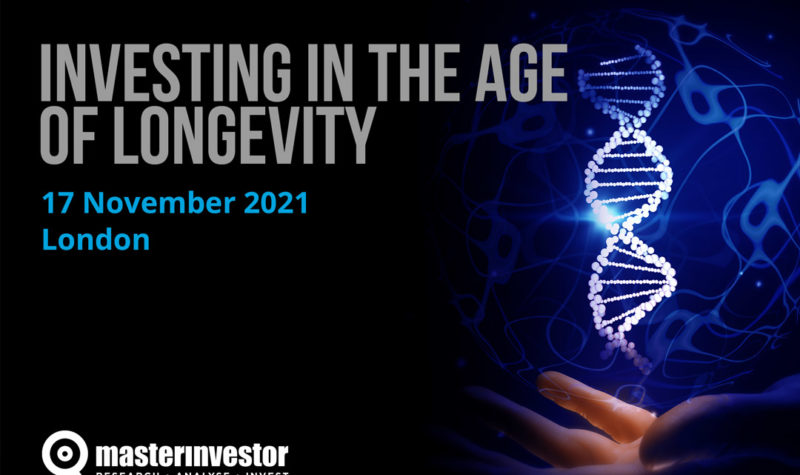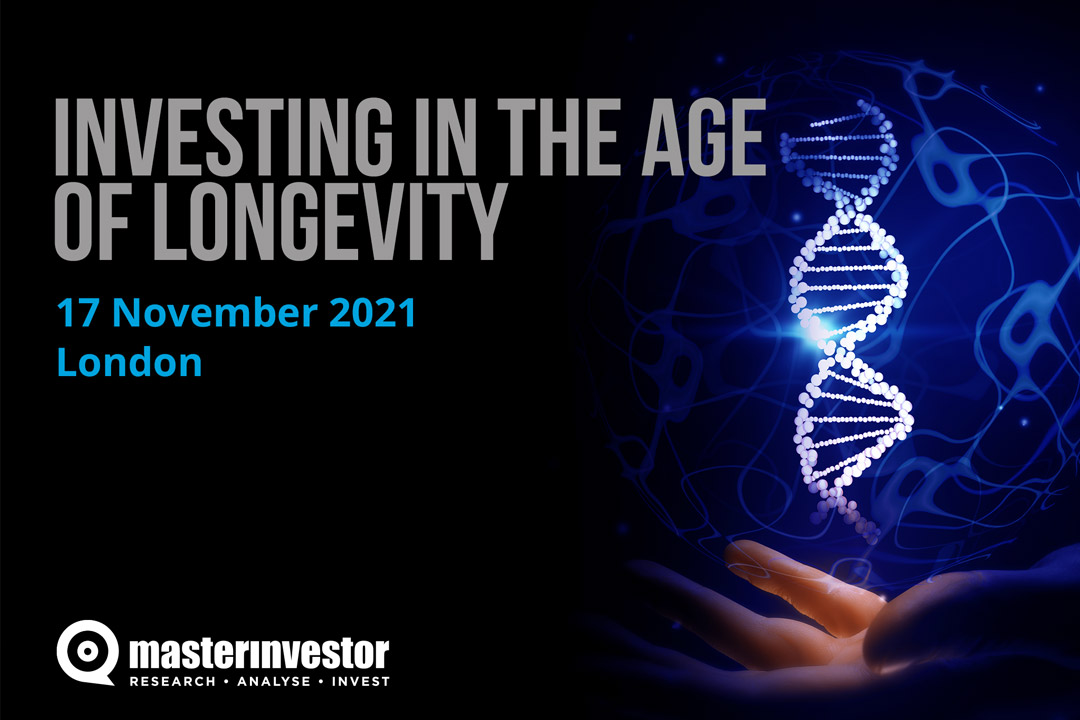De-risking rejuvenation therapy could be seismic Shift for longevity

Ahead of Daniel Ives’ presentation at this week’s Investing in the Age of Longevity one-day masterclass, Longevity.Technology takes a look at the work of his company Shift Bioscience, which is developing safe cellular reprogramming therapies for rejuvenation.
Rejuvenation is an understandable anti-ageing goal – rather than slow or pause ageing, imagine being able to reverse it, to turn back the biological clock and wind back to an earlier, more youthful, more vigorous state.
Of course, our bodies are made of tissues and organs and these are made of cells, so any rejuvenation efforts need to be focused on a cellular level. That’s a very easy statement to make, but how exactly does one set about rejuvenating cells? The answer, as so often with biological questions, could lie in our genes, and this in turn raises another question: how can we alter genes and their expression safely?
Enter Shift Bioscience, a company we are delighted to represent, and which is raising £3.5 million to begin the target validation phase for genes that could become the targets of rejuvenation therapies.
Shift’s CEO and Co-founder Daniel Ives has been working in the field of aging since 2009; building on his experience at the University of Cambridge and the Crick Institute, Ives co-founded Shift in 2017, initially with the aim of developing mitochondrial drugs for age-related diseases, but then a surprise discovery put the company on a different path.
Whilst developing a machine learning tool that enabled a genetic screen for aging, the Shift team realised that they had, in fact, created a new window into aging, an unprecedented, unbiased view of aging biology that was rammed with information on all sorts of different genes. The tool could also be used to uncover the biology behind cellular reprogramming, the most powerful but also most mysterious paradigm for cellular rejuvenation.
The next step was to leverage the information; genes don’t operate in isolation, so Shift uses novel machine learning and a combinatorial approach, throwing groups of genes they’ve identified into cells, capturing the cells that rejuvenate, then figuring out what single genes or gene combinations drove those cells.
“The whole problem around reprogramming has been that it’s a Goldilocks approach – too little and you get nothing, but too much and it’s cancer,” Ives told Longevity.Technology earlier this year. “It’s an existential problem for a reprogramming therapy – it only takes one premalignant cell in your body to be tipped into malignancy and that’s the beginning of the cancer.
“We’ve used our approach to predict the genes driving rejuvenation during reprogramming – they don’t look cancerous and our next step is to throw them into an aged system to see if we can rejuvenate safely. We can show this definitively – we can sort the cells for rejuvenation and for pluripotency, and then we can pinpoint those genes which not only rejuvenate but are also safe.”
And the world is starting to pay attention; Shift Bioscience was featured in a key article in this week’s FT in which Ives commented: “This really feels like a new frontier because we’ve never been able to stand on the precipice of resetting our biology and having a second life.”
The science of cell reprogramming is attracting noticeable investment, most recently with the
incorporation of Altos Labs.
Altos Labs remains in stealth mode, but is much discussed, especially since Jeff Bezos has reportedly invested in the company: Altos was incorporated in Delaware this year and a securities disclosure filed in California in June indicates the company has raised at least $270 million, according to MIT Tech Review. The FT article notes: “Ives moves in the same research circles as those connected with Altos and knew of its inception”.
Ives is focused on developing Shift’s platform and raising the company’s new funding round, which will support Shift through the next couple of years, taking the company through the identification of a family of safe rejuvenation genes, narrowing down to a preferred set of genes, then patenting RNA therapeutics targeting those genes.
“At that point, we’ll have valuable IP, which would support a subsequent financing round where we go on to develop therapeutics targeting our chosen set of genes,” says Ives.
Hear Daniel Ives discuss the groundbreaking field of cell reprogramming, how it is being tamed and how cells and tissues may be safely reset back to a youthful state, mitigating the diseases of ageing at the Master Investor one-day masterclass, Investing in the Age of Longevity.

Investing in the Age of Longevity will be live streamed on the 17th of November, get your tickets here.
Comments (0)